I’ve been following a debate which crops up quite frequently in reading circles: Why can’t I resell my ebook? Both readers and authors have joined in the discussion threads at these GoodReads SciFi & Fantasy Book Club topics: e-Book Piracy and Do you care if you own a work?
One of the best links posted happened to refer to Scalzi’s Whatever blog post a year ago entitled Why in Fact Publishing Will Not Go Away Anytime Soon: A Deeply Slanted Play in Three Acts. Well worth the time and will definitely have you smiling, if not laughing out loud before you reach the stunning conclusion.
All of this got me thinking about the media used over the centuries to store our content.


- Cuneiform script by an expert scribe 26th century BC
- Papyrus

- Edison Home Phonograph, Suitcase-Model
- 19th century studio camera, with bellows for focusing


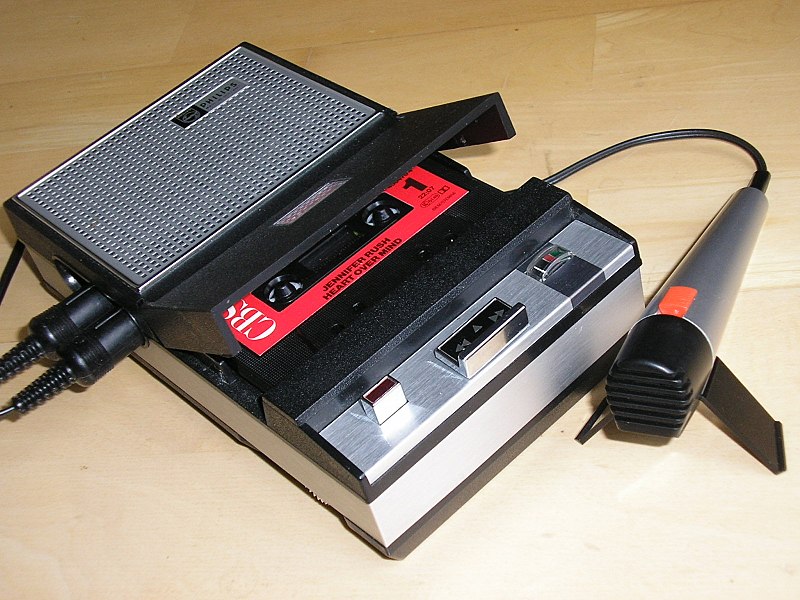
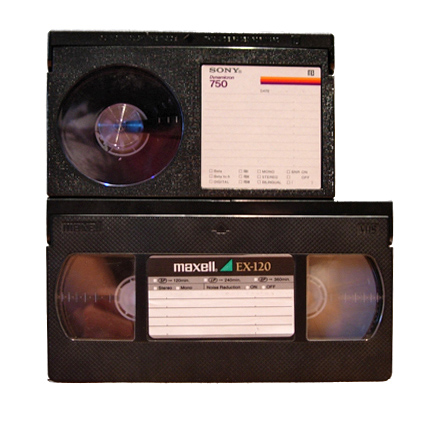


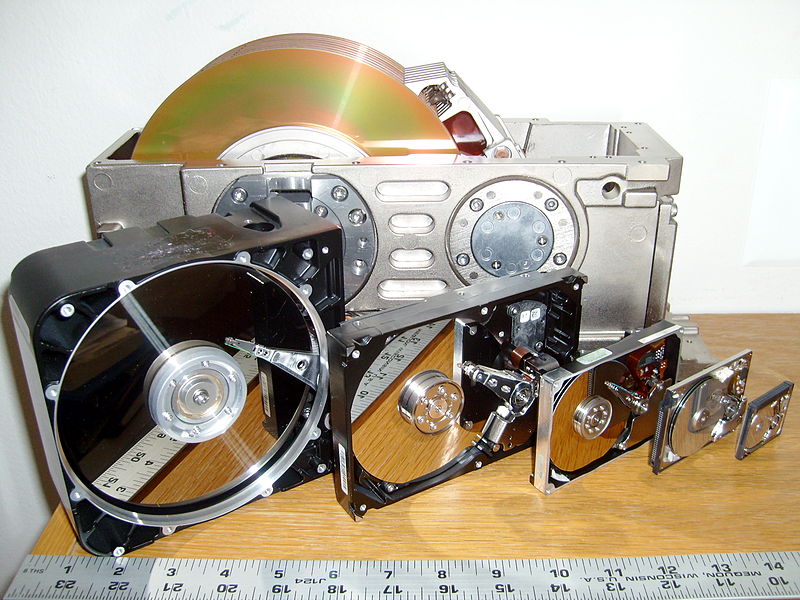
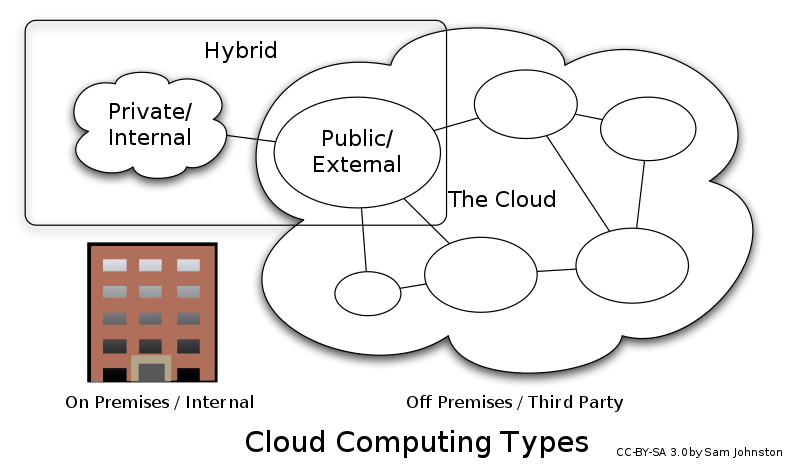
Out of all of the media types (and obviously many that I’ve left out like the ever popular 8-track tape), which ones can you read without the benefit of proprietary equipment or electricity?
Imagine yourself a visitor to Earth in the far future, to an Earth either abandoned (because we migrated to other planets or galaxies by discovering FTL) or lifeless (because we didn’t see the writing on the wall and continued our parasitic existence to extinction). What format has the best chance of being understood and surviving to be reviewed? In our mad dash to digitize everything, for convenience and experience, what do we leave for posterity?
I have boxes of albums from the 70s and 80s in my basement I can no longer listen to because I don’t own a turntable. I even have a few 8-tracks and Beta tapes holding content hostage. I have crates of recorded VHS tapes of movies, television shows and family gatherings, which I could possibly view, if my ancient VCR still functions and the magnetic tape hasn’t degraded or been demagnetized. I have a project back-burnered for the moment to review several thousand slides taken by my father, his brother, his father and my aunt in the hopes of converting them to a digital photograph format.
I fear there will be no Rosetta Stone to help our alien visitors nor a still functioning DVD reader or Internet to Google the translation. Our binary epitaph of bits and bytes may languish forever locked in silence and darkness while the humble book shines forth as a beacon of historical hope.

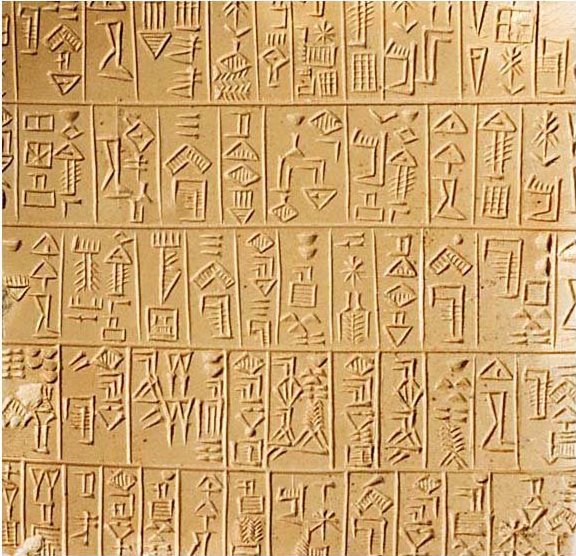
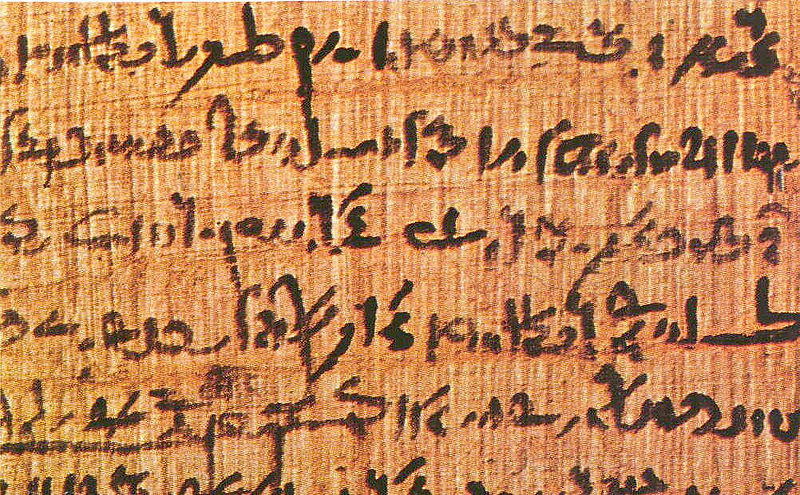
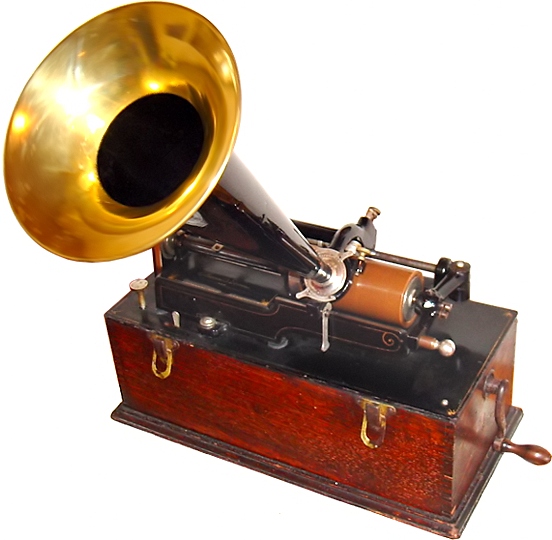
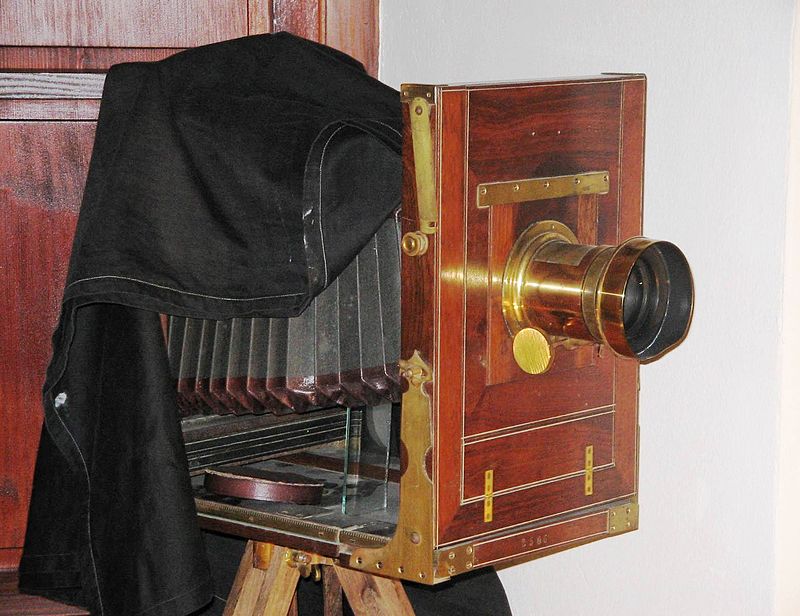
One thought on “Mixed Media Meltdown”
Comments are closed.